- 08
- Oct
Bangladesh QT4-15 automatic brick making machine
Bangladesh QT4-15 automatic brick making machine
Mr. Sihab is the CEO of Greenpac International from Bangladesh, visited Raytone company in 2019 for concrete block machine business; he mainly bought the automatic QT4-15 block machine, and he has big interest in start this block machine business in Bangladesh, so he request us to authorize him the certificate for selling our brand block machine in Bangladesh.
Although the the client want a simple block machine line, but he has high requirement on host block machine, need Siemens brand motors, Siemens brand PLC panel, also we provide him the CALYCA brand electromagnetic valves, which is an important part in the host block machine;
Bangladesh concrete block market is like the solid bricks but pressed words on the brick; the bricks size is 240*115*75MM;

Introduction
The construction industry has witnessed significant advancements in technology, leading to the development of innovative machinery and equipment. One such remarkable invention is the QT4-15 automatic block machine, also known as the automatic brick making machine. This cutting-edge machine has revolutionized the process of brick production, offering efficiency, precision, and cost-effectiveness.
In this comprehensive guide, we will delve into the features, benefits, and applications of the QT4-15 block machine. Whether you are a construction professional or an entrepreneur looking to invest in the brick-making business, this article will provide you with all the essential information you need to make an informed decision.
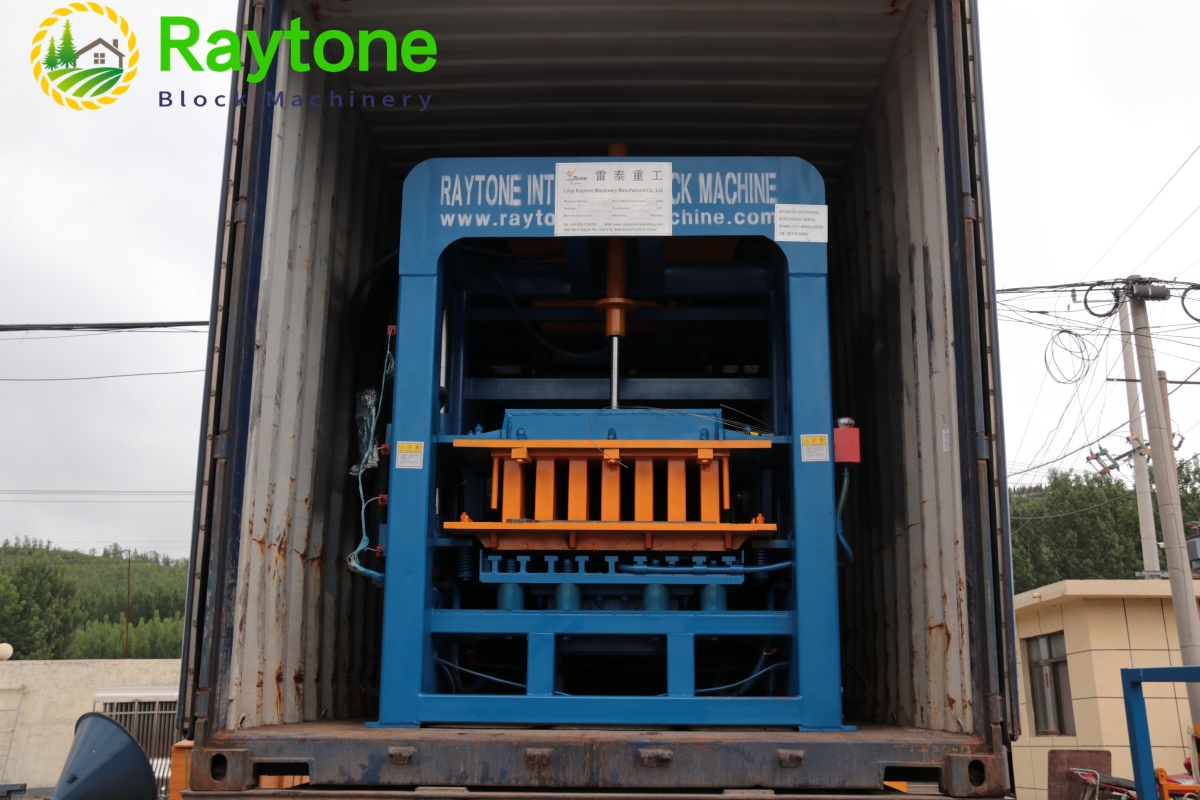
Table of Contents
Understanding the QT4-15 Block Machine
What is the QT4-15 Block Machine?
How Does the QT4-15 Block Machine Work?
Key Features of the QT4-15 Block Machine
Advantages of the QT4-15 Block Machine
Applications of the QT4-15 Block Machine
Construction Industry
Infrastructure Development
Housing Projects
Road and Highway Construction
Technical Specifications of the QT4-15 Block Machine
Model and Certification
Automation Level
Power and Production Capacity
Raw Materials and Finished Products
Key Components of the QT4-15 Block Machine
Batching Part
Mixing Part
Block Making Part
PLC Control Unit
Hydraulic Station
Stacker
QT4-15 Block Machine Motor List
Operation and Maintenance of the QT4-15 Block Machine
Installation and Setup
Machine Operation
Maintenance and Troubleshooting
Choosing the Right QT4-15 Block Machine Supplier
Considerations for Selecting a Supplier
Quality Assurance and Certification
After-Sales Service and Support
Customer Reviews and Testimonials
Cost Analysis and Return on Investment
Initial Investment
Production Costs
Profitability and ROI Calculation
Frequently Asked Questions (FAQs)
What is the production capacity of the QT4-15 block machine?
Can the QT4-15 block machine produce different types of bricks?
Is training provided for operating the QT4-15 block machine?
Can the QT4-15 block machine be customized according to specific requirements?
Conclusion
Now, let’s dive into the details of the QT4-15 block machine and explore its features, applications, technical specifications, operation, maintenance, and more.
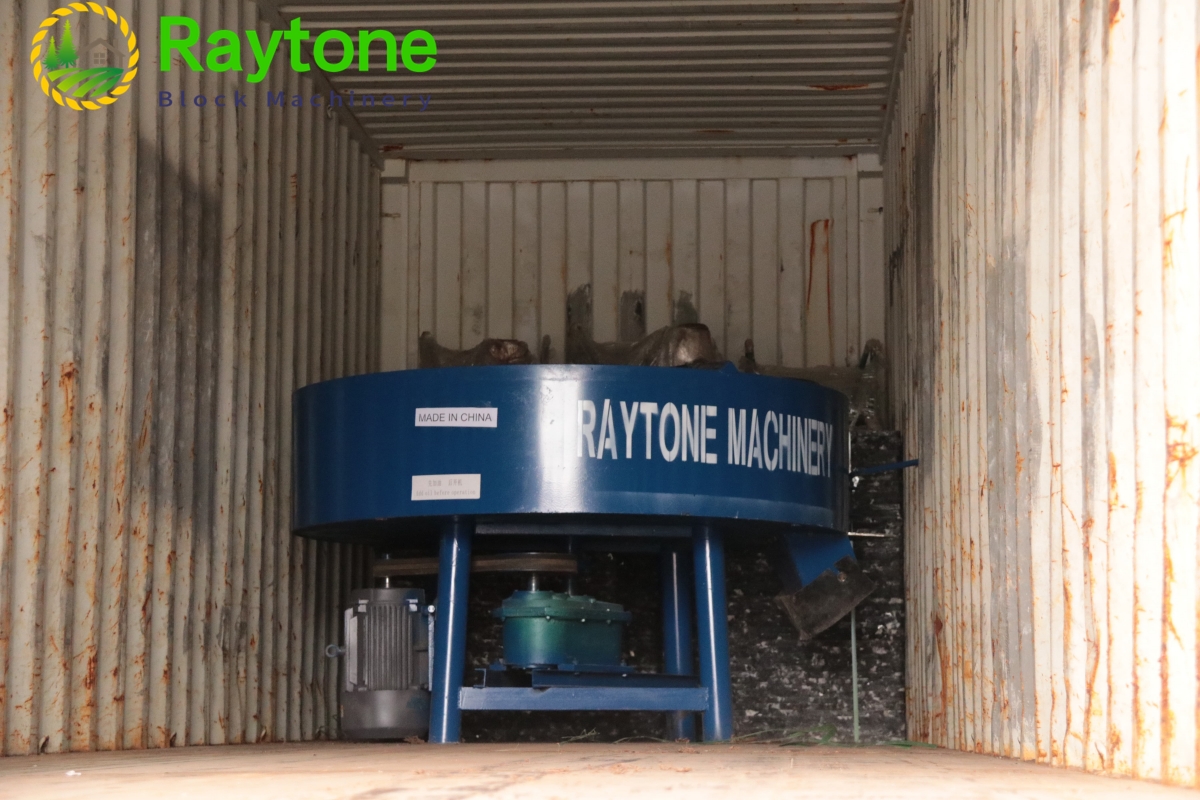
1. Understanding the QT4-15 Block Machine
What is the QT4-15 Block Machine?
The QT4-15 block machine is an automatic brick making machine that combines advanced technology with efficient production processes. It is designed to produce various types of bricks, including hollow blocks, solid blocks, interlocking bricks, and paving stones. With its automated operation, the machine significantly reduces manual labor and maximizes productivity.
How Does the QT4-15 Block Machine Work?
The QT4-15 block machine works by following a series of steps to produce high-quality bricks. First, the batching part accurately measures and mixes the raw materials, including cement, sand, fly ash, and stone dust. The mixture is then transferred to the mixing part, where the ingredients are thoroughly blended with water to form a homogeneous mixture.
Next, the block making part takes over, where the prepared mixture is fed into the machine’s mold. The machine applies hydraulic pressure to compact the mixture and shape it into bricks or blocks. Once the bricks are formed, they are transferred to the curing area where they are allowed to set and gain strength.
The entire process is controlled by a PLC control unit, ensuring precise and consistent brick production. The machine’s hydraulic station provides the necessary force for the compaction process, while the stacker arranges the finished bricks in an organized manner for easy handling and storage.
Key Features of the QT4-15 Block Machine
The QT4-15 block machine boasts several key features that contribute to its superior performance and efficiency:
- Automatic Operation: The machine operates automatically, reducing the need for manual intervention and labor.
- High Production Capacity: With its fast and efficient production cycle, the machine can produce a large number of bricks in a short time.
- Versatility: The QT4-15 block machine can produce various types of bricks, including hollow blocks, solid blocks, interlocking bricks, and paving stones.
- Precise and Consistent Results: The machine’s PLC control unit ensures accurate measurements and consistent brick dimensions.
- Durability and Reliability: Built with high-quality materials and components, the machine is designed for long-lasting performance, even in demanding conditions.
- Energy Efficiency: The machine optimizes power consumption, reducing energy costs and environmental impact.
- Easy Maintenance: The machine is designed for easy maintenance, with accessible components and user-friendly controls.
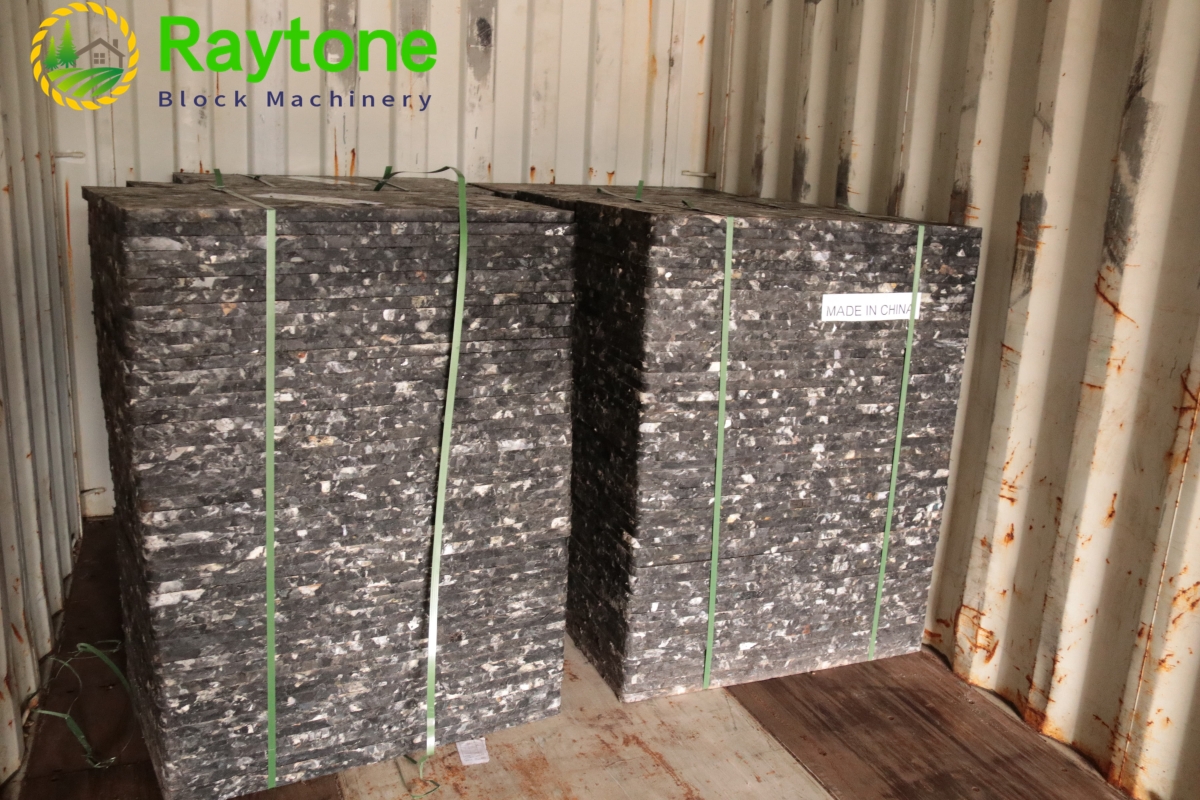
Advantages of the QT4-15 Block Machine
The QT4-15 block machine offers several advantages that make it a preferred choice for brick production:
- Increased Productivity: The automated operation of the machine enables faster production, significantly increasing productivity compared to traditional manual methods.
- Cost Savings: By reducing labor requirements and increasing efficiency, the machine helps save costs associated with manual labor and increases overall profitability.
- Consistent Quality: The precise and controlled process of the machine ensures consistent quality in every brick produced, meeting industry standards and customer expectations.
- Time Efficiency: The machine’s fast production cycle allows for quicker completion of projects, reducing construction timelines and maximizing project efficiency.
- Customization Options: The machine can be customized to meet specific requirements, such as size, shape, and color, allowing for unique and personalized brick designs.
- Reduced Waste: The machine minimizes material waste by accurately measuring and mixing raw materials, resulting in cost savings and environmental benefits.
- Reliability and Durability: The machine is built to withstand heavy-duty usage, ensuring long-lasting performance and minimal downtime.
With its numerous advantages, the QT4-15 block machine offers a reliable and efficient solution for brick production in various construction projects.
2. Applications of the QT4-15 Block Machine
The QT4-15 block machine finds applications in a wide range of construction projects, including:
Construction Industry
The construction industry heavily relies on bricks for various structural elements, such as walls, foundations, and partitions. The QT4-15 block machine provides construction companies with a cost-effective and efficient solution for producing high-quality bricks on-site. This enables seamless construction progress and reduces dependency on external suppliers.
Infrastructure Development
As countries invest in infrastructure development, the demand for bricks and blocks increases exponentially. The QT4-15 block machine caters to this demand by offering a reliable and scalable solution for producing large quantities of bricks. It is suitable for infrastructure projects such as roads, bridges, dams, and airports.
Housing Projects
In the realm of housing projects, the QT4-15 block machine plays a crucial role in meeting the demand for affordable and durable housing solutions. By producing bricks in-house, construction companies can offer cost-effective housing options to individuals and communities. The machine’s versatility allows for the production of various types of bricks, accommodating different architectural styles and design preferences.
Road and Highway Construction
Bricks and blocks are essential components in road and highway construction. They are used for constructing curbs, barriers, and retaining walls, among other structures. The QT4-15 block machine enables efficient production of these components, ensuring the timely completion of road and highway projects.
The QT4-15 block machine’s applications extend beyond these examples, as its versatility allows for adaptation to various construction requirements. Its reliability, efficiency, and quality output make it a valuable asset in the construction industry.
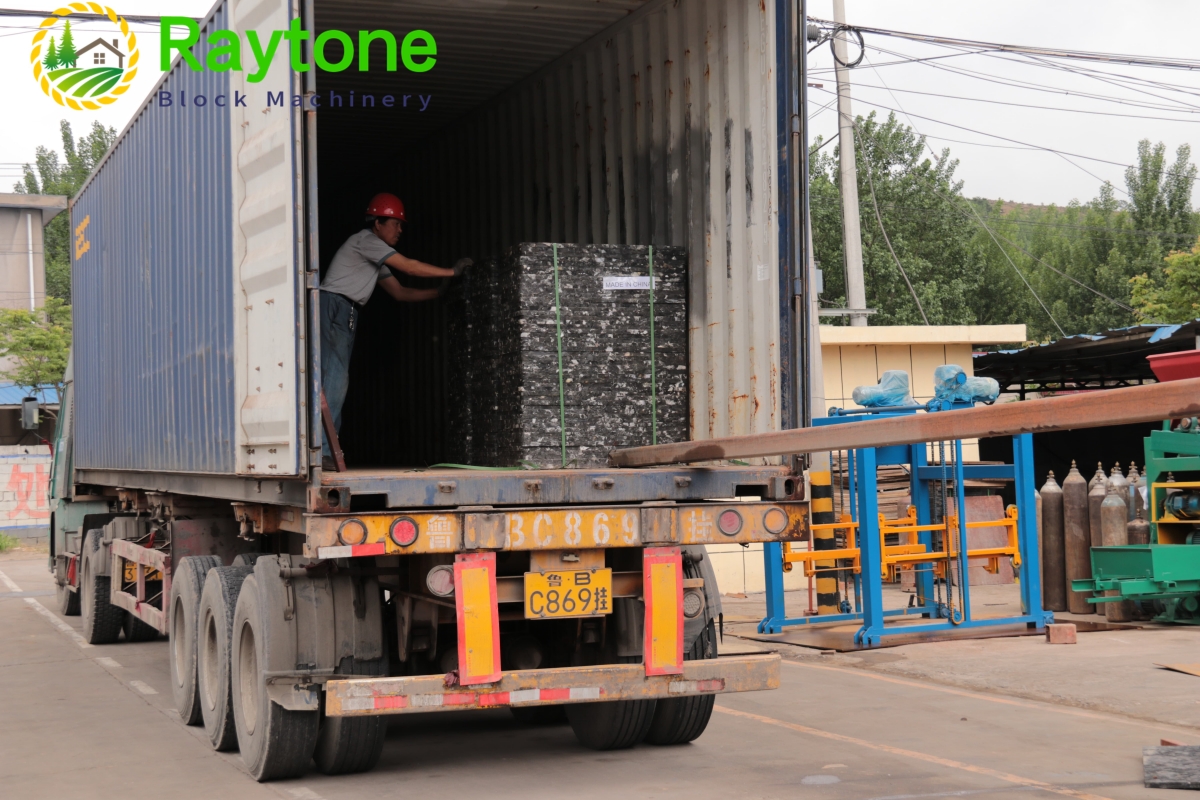
3. Technical Specifications of the QT4-15 Block Machine
To fully understand the capabilities of the QT4-15 block machine, it is essential to explore its technical specifications. These specifications provide valuable insights into the machine’s performance and compatibility with different project requirements.
Model and Certification
The QT4-15 block machine is available in different models, each designed to cater to specific production needs. These models may vary in terms of size, capacity, and additional features. It is important to choose the model that aligns with the intended production volume and required brick types.
Furthermore, the QT4-15 block machine is certified to meet international standards for quality and safety. Certification ensures that the machine adheres to industry regulations and has undergone rigorous testing to guarantee its performance and reliability.
Automation Level
The QT4-15 block machine is an automatic brick making machine, meaning that it requires minimal manual intervention during operation. This level of automation allows for increased productivity and reduced labor costs, making it an attractive option for businesses seeking efficiency and profitability.
Power and Production Capacity
The power requirements of the QT4-15 block machine may vary based on the model and specific configurations. It is crucial to ensure that the machine is compatible with the available power supply to avoid any operational disruptions.
In terms of production capacity, the QT4-15 block machine offers impressive capabilities. It can produce a significant number of bricks per hour, depending on factors such as brick size, mold configuration, and operational efficiency. The production capacity of the machine plays a crucial role in determining its suitability for different projects.
Raw Materials and Finished Products
The QT4-15 block machine is designed to work with a range of raw materials commonly used in brick production. These materials include cement, sand, fly ash, stone dust, and other additives. It is important to ensure the availability and quality of these raw materials for uninterrupted machine operation and consistent brick quality.
The machine can produce different types of bricks, including hollow blocks, solid blocks, interlocking bricks, and paving stones. Depending on the project requirements, the machine can produce bricks in various sizes, shapes, and colors, providing flexibility and customization options.
Understanding the technical specifications of the QT4-15 block machine allows for better decision-making when selecting the appropriate model for specific construction projects. These specifications serve as a guide to ensure compatibility, efficiency, and optimal performance.
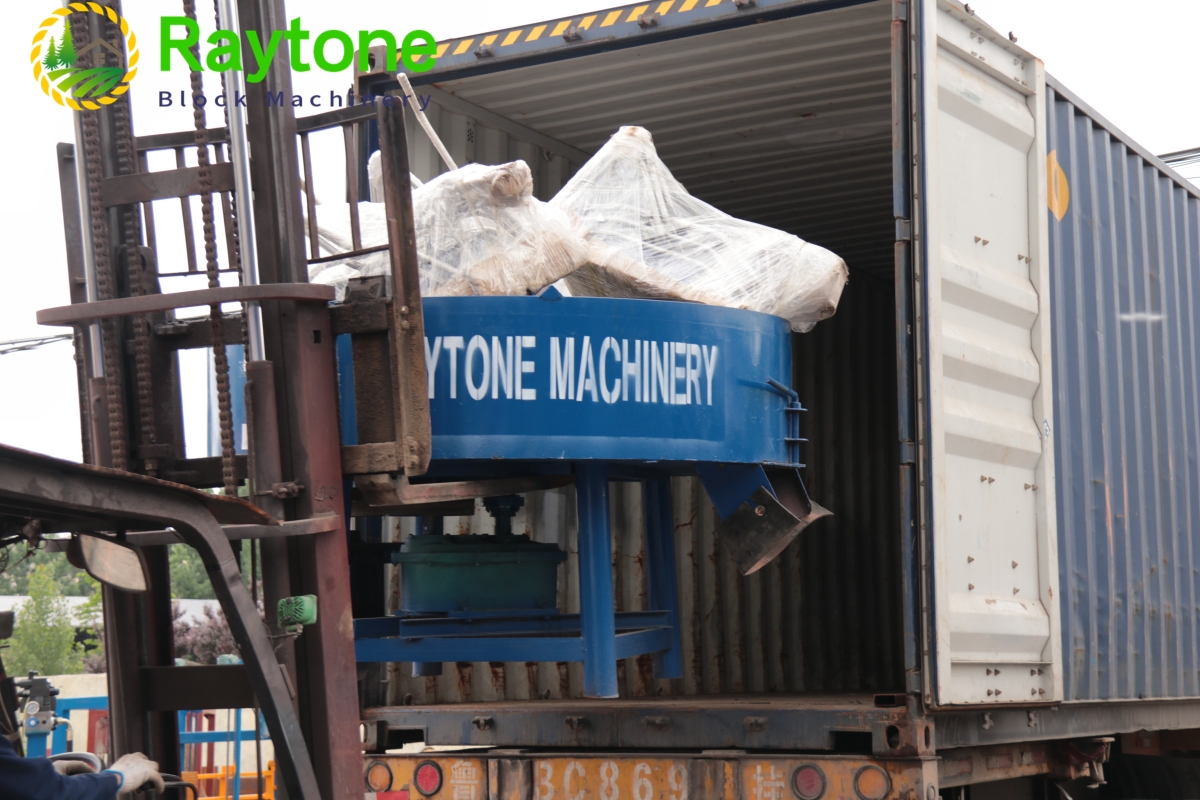
4. Key Components of the QT4-15 Block Machine
The QT4-15 block machine consists of several key components, each playing a crucial role in the machine’s operation and overall performance. Understanding these components and their functions is essential for machine operators and maintenance personnel.
Batching Part
The batching part of the QT4-15 block machine is responsible for accurately measuring and mixing the raw materials required for brick production. It typically includes components such as cement silo, screw conveyor, cement scale, and a batching machine. These components work together to ensure the precise and consistent composition of the raw material mixture.
Mixing Part
The mixing part is where the raw materials are thoroughly blended with water to form a homogeneous mixture. In the QT4-15 block machine, the mixing part usually consists of a mixer, such as the JS500 mixer. This mixer efficiently combines the raw materials, ensuring optimal hydration and uniform distribution of particles.
Block Making Part
The block making part is the heart of the QT4-15 block machine. It is responsible for shaping the prepared mixture into bricks or blocks. The machine uses hydraulic pressure to compact the mixture within a mold, resulting in well-formed and durable bricks. The block making part may include features such as vibration motors and adjustable molds to enhance the quality and versatility of the produced bricks.
PLC Control Unit
The PLC (Programmable Logic Controller) control unit is the brain of the QT4-15 block machine. It controls and coordinates the entire brick production process, ensuring precise and accurate operation. The control unit allows operators to set parameters, monitor the production cycle, and adjust settings as needed. It plays a vital role in maintaining consistency and efficiency throughout the production process.
Hydraulic Station
The hydraulic station provides the necessary hydraulic pressure for the block making part of the machine. It powers the hydraulic cylinders that apply pressure to the raw material mixture, ensuring proper compaction and shaping of the bricks. The hydraulic station often includes a hydraulic motor, hydraulic pump, valves, and other components necessary for reliable hydraulic performance.
Stacker
The stacker is responsible for organizing and stacking the finished bricks after they are formed. It arranges the bricks in an orderly manner, facilitating easy handling, transportation, and storage. The stacker plays a crucial role in streamlining the production process, ensuring efficient workflow, and minimizing the risk of damage to the finished bricks.
Understanding the key components of the QT4-15 block machine enables operators and maintenance personnel to identify and address any issues that may arise during operation. Regular inspection and maintenance of these components are essential for ensuring optimal machine performance and longevity.
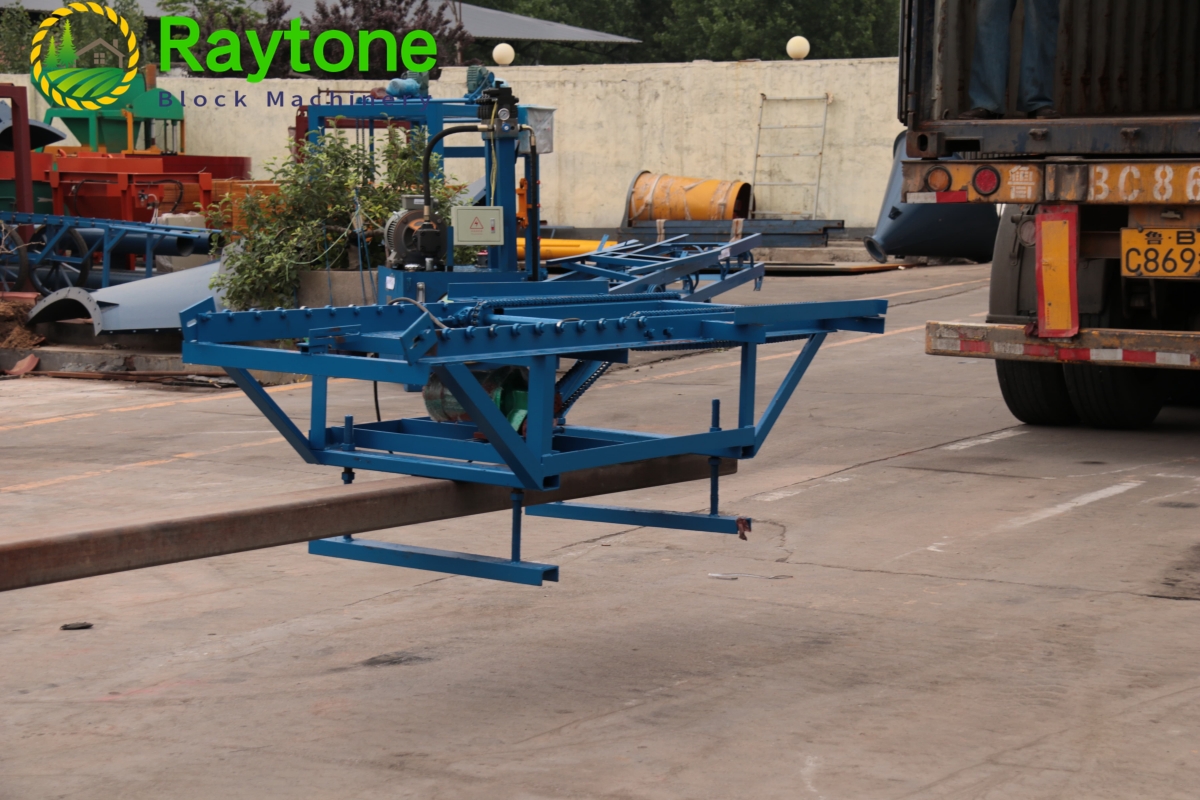
5. QT4-15 Block Machine Motor List
The QT4-15 block machine consists of various motors that drive different components of the machine. These motors provide the necessary power and function to ensure smooth and efficient operation. Here is a list of the motors commonly found in the QT4-15 block machine:
- Batching Machine Motors: These motors drive the components involved in the batching part, such as the cement silo, screw conveyor, and batching machine. They ensure the proper transfer and measurement of raw materials.
- Mixer Motors: The mixer motor powers the mixer, such as the JS500 mixer, which is responsible for thoroughly blending the raw materials with water. The motor enables efficient mixing and homogenization of the mixture.
- Block Making Machine Motors: The block making machine’s motor drives the hydraulic system, which provides the necessary pressure to compact the raw material mixture within the mold. These motors ensure the precise and controlled formation of bricks.
- Vibration Motors: Vibration motors are an integral part of the block making process. They create vibrations that help in the compaction of the raw material mixture, resulting in well-formed and dense bricks. The number and power of vibration motors may vary depending on the machine model.
- Hydraulic Station Motor: The hydraulic station motor powers the hydraulic system responsible for applying pressure to the raw material mixture. It ensures consistent and reliable hydraulic performance, crucial for the proper functioning of the block making part.
- Stacker Motors: Stackers equipped in the QT4-15 block machine often include motors that drive the movement of the stacking mechanism. These motors facilitate the organized stacking of finished bricks, optimizing production efficiency.
Each motor in the QT4-15 block machine plays a specific role in the overall operation and performance of the machine. Regular maintenance and inspection of these motors are essential to ensure their proper functioning and longevity.
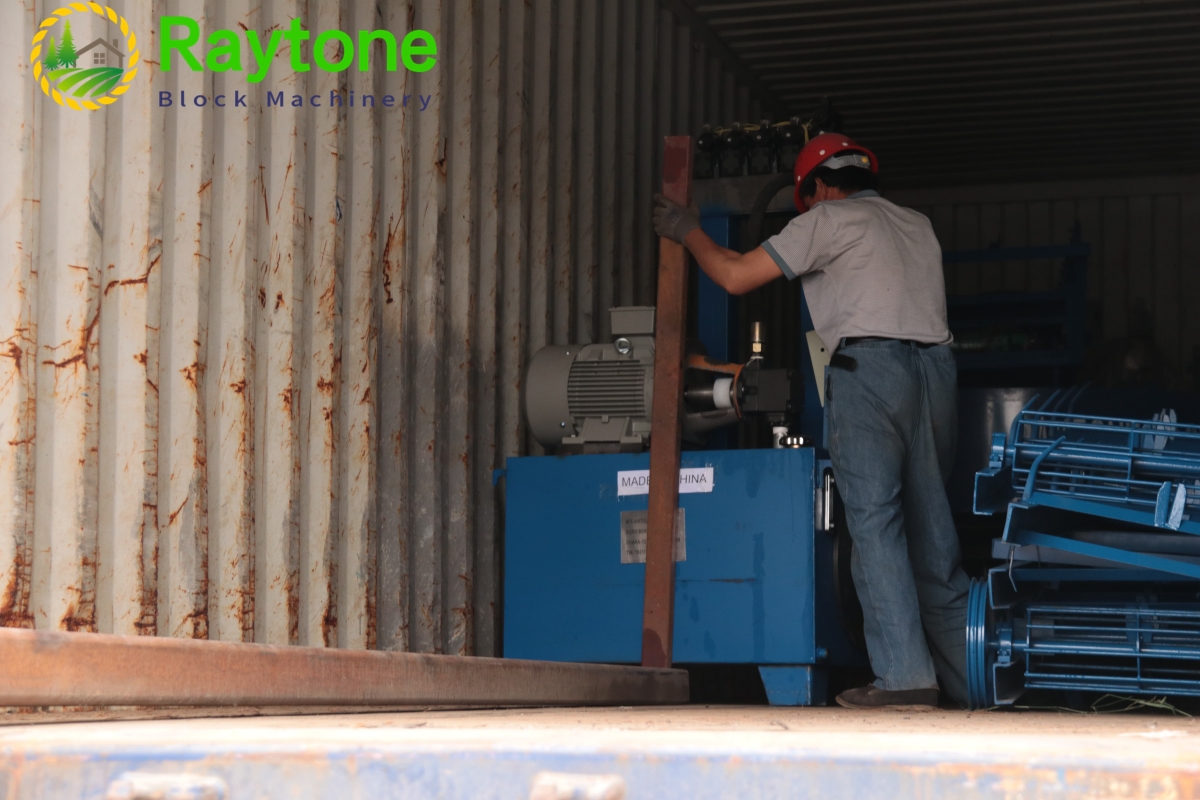
6. Operation and Maintenance of the QT4-15 Block Machine
To achieve optimal performance and longevity of the QT4-15 block machine, proper operation and regular maintenance are crucial. This section will provide an overview of the key aspects related to the operation and maintenance of the machine.
Installation and Setup
Before starting the operation of the QT4-15 block machine, it is essential to ensure proper installation and setup. Here are the steps involved in the installation process:
- Prepare the Foundation: Ensure that the foundation is level, stable, and able to support the weight of the machine. Follow the manufacturer’s guidelines for the required dimensions and specifications of the foundation.
- Assemble the Machine: Carefully assemble the various components of the machine according to the manufacturer’s instructions. Make sure that all connections are secure and properly aligned.
- Connect Power Supply: Connect the machine to the appropriate power supply as per the machine’s power requirements. Ensure that the electrical connections are properly grounded and comply with safety regulations.
- Test Run: Conduct a test run to ensure that all components are functioning correctly and that the machine is operating smoothly. Address any issues or abnormalities that may arise during the test run.
Machine Operation
Operating the QT4-15 block machine requires adherence to specific guidelines and procedures. Here are some key considerations for machine operation:
- Raw Material Preparation: Ensure that the raw materials, including cement, sand, fly ash, and stone dust, are of the required quality and properly stored. Follow the recommended proportions and mix the materials thoroughly before feeding them into the machine.
- Mold Selection and Configuration: Choose the appropriate mold for the desired brick type and size. Configure the mold settings, such as vibration frequency and compaction pressure, according to the specific requirements of the project.
- Machine Settings: Use the machine’s control unit to set the desired parameters, such as production speed, brick dimensions, and other relevant settings. Regularly monitor and adjust these settings as necessary to achieve the desired results.
- Safety Precautions: Follow all safety guidelines and precautions provided by the manufacturer. Ensure that operators are familiar with the machine’s safety features and are trained in proper handling and operation.
- Regular Maintenance: Implement a regular maintenance schedule to keep the machine in optimal condition. This includes cleaning, lubricating, and inspecting various components, as well as addressing any issues or abnormalities promptly.
Maintenance and Troubleshooting
Regular maintenance is essential for the smooth operation and longevity of the QT4-15 block machine. Here are some key maintenance tasks and troubleshooting tips:
- Cleaning: Regularly clean the machine, removing any debris, excess material, or dust that may accumulate. Pay special attention to the molds, as any residue can affect the quality of the bricks.
- Lubrication: Lubricate the moving parts of the machine, such as bearings, chains, and gears, according to the manufacturer’s recommendations. Proper lubrication reduces friction, extends component life, and ensures smooth operation.
- Inspection: Regularly inspect the machine for any signs of wear, damage, or misalignment. Check the electrical connections, hydraulic hoses, and other components for any leaks or abnormalities. Address any issues promptly to prevent further damage and ensure safety.
- Troubleshooting: Familiarize yourself with common issues that may arise during machine operation, such as blockage, mold misalignment, or hydraulic system malfunctions. Refer to the manufacturer’s troubleshooting guide or seek professional assistance if needed.
By following these guidelines for operation and maintenance, you can ensure the optimal performance and longevity of the QT4-15 block machine. Regular maintenance and prompt troubleshooting will help minimize downtime and maximize productivity.
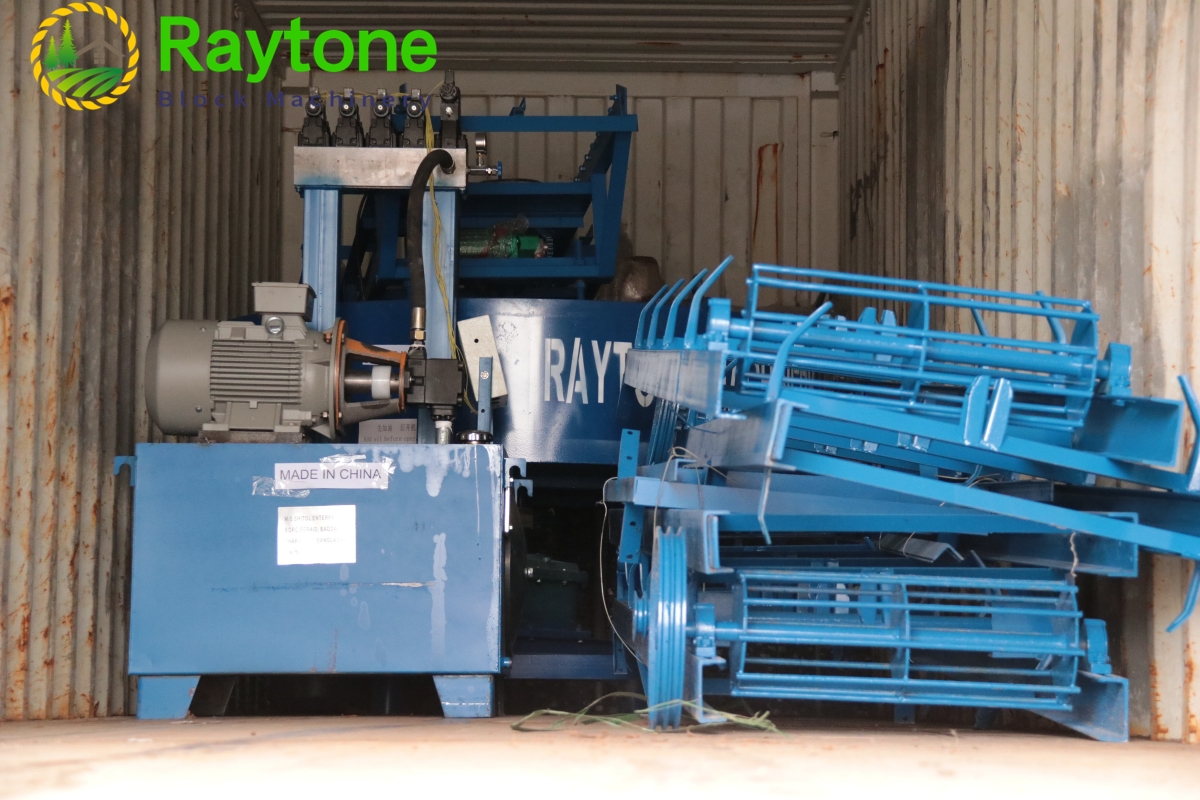
7. Choosing the Right QT4-15 Block Machine Supplier
Selecting the right supplier for the QT4-15 block machine is crucial for obtaining a high-quality machine and ensuring reliable after-sales service and support. Here are some key considerations when choosing a supplier:
Considerations for Selecting a Supplier
- Reputation and Experience: Research the supplier’s reputation in the industry and assess their experience in manufacturing and supplying block machines. Look for suppliers with a proven track record and positive customer reviews.
- Product Quality: Evaluate the quality of the machines offered by the supplier. Consider factors such as the durability of the components, adherence to international standards, and overall reliability of the machines.
- Customization Options: Determine if the supplier can accommodate any specific customization requirements you may have, such as mold configurations, machine dimensions, or additional features. A supplier that offers customization options allows for greater flexibility in meeting your project needs.
- Pricing and Value: Compare the pricing of the machines offered by different suppliers, taking into account the overall value provided. Consider factors such as warranty, after-sales support, and additional services offered.
- Customer Support: Assess the level of customer support provided by the supplier. Look for suppliers that offer comprehensive after-sales services, including technical support, spare parts availability, and training for machine operation and maintenance.
Quality Assurance and Certification
Ensure that the supplier adheres to strict quality assurance practices and has appropriate certifications for their machines. Certifications such as ISO and CE indicate that the machines meet international standards for quality and safety.
After-Sales Service and Support
The availability of reliable after-sales service and support is crucial when selecting a supplier. Consider factors such as warranty coverage, spare parts availability, and promptness of technical support. A supplier with a dedicated customer support team can provide assistance and troubleshooting guidance whenever needed.
Customer Reviews and Testimonials
Read customer reviews and testimonials to gain insights into the experiences of other customers with the supplier’s machines and services. Positive reviews and testimonials can provide confidence in the supplier’s reliability and commitment to customer satisfaction.
Choosing the right supplier for the QT4-15 block machine is a critical decision that can impact the success of your brick production operations. Conduct thorough research, evaluate the options available, and select a supplier that aligns with your specific requirements and expectations.
8. Cost Analysis and Return on Investment
Before investing in the QT4-15 block machine, it is essential to conduct a cost analysis and evaluate the return on investment (ROI). Here are some key factors to consider:
Initial Investment
The initial investment includes the purchase cost of the QT4-15 block machine, transportation fees, installation expenses, and any additional costs associated with setting up the machine. Consider the total initial investment required and assess its feasibility within your budget.
Production Costs
Calculate the production costs associated with operating the QT4-15 block machine. This includes costs such as raw materials, electricity, labor, maintenance, and other operational expenses. Determine the cost per brick and assess its competitiveness in the market.
Profitability and ROI Calculation
Estimate the potential profitability of your brick production business using the QT4-15 block machine. Consider factors such as market demand, selling price of bricks, production capacity, and operational costs. Calculate the expected return on investment (ROI) based on the projected revenue and costs.
By conducting a thorough cost analysis and ROI calculation, you can make an informed decision about the viability and profitability of investing in the QT4-15 block machine. It is advisable to consult with financial advisors or industry experts to ensure accurate projections and calculations.
9. Frequently Asked Questions (FAQs)
What is the production capacity of the QT4-15 block machine?
The production capacity of the QT4-15 block machine depends on factors such as brick size, mold configuration, and operational efficiency. It is important to consult the manufacturer or supplier to determine the specific production capacity of the machine model you intend to purchase.
Can the QT4-15 block machine produce different types of bricks?
Yes, the QT4-15 block machine is designed to produce various types of bricks, including hollow blocks, solid blocks, interlocking bricks, and paving stones. The machine’s versatility allows for customization and adaptation to different brick types and sizes.
Is training provided for operating the QT4-15 block machine?
Many suppliers offer training programs for machine operators and maintenance personnel. These training programs provide comprehensive guidance on machine operation, maintenance, troubleshooting, and safety protocols. It is advisable to inquire with the supplier about the availability of training and support services.
Can the QT4-15 block machine be customized according to specific requirements?
Yes, the QT4-15 block machine can be customized to meet specific requirements. Customization options may include mold configurations, machine dimensions, and additional features. Consult with the supplier to discuss your specific customization needs and determine the feasibility of customization.
These frequently asked questions aim to address common queries regarding the QT4-15 block machine. For any additional questions or specific concerns, it is recommended to consult with the supplier or manufacturer directly.
10. Conclusion
The QT4-15 block machine is a technological marvel that has transformed the brick-making industry. With its automated operation, high production capacity, and versatility, the machine offers a reliable and efficient solution for brick production in various construction projects.
In this comprehensive guide, we have explored the features, applications, technical specifications, operation, maintenance, and cost analysis of the QT4-15 block machine. We have also discussed the importance of selecting the right supplier and understanding the return on investment associated with the machine.
By considering all the information provided in this guide, you can make an informed decision about investing in the QT4-15 block machine. Whether you are a construction professional or an entrepreneur venturing into the brick production business, the QT4-15 block machine is sure to enhance your productivity, efficiency, and profitability.
For further assistance and inquiries, reach out to reputable suppliers and manufacturers who can provide expert guidance and support. Start your journey towards successful brick production with the advanced technology and reliability of the QT4-15 block machine.

